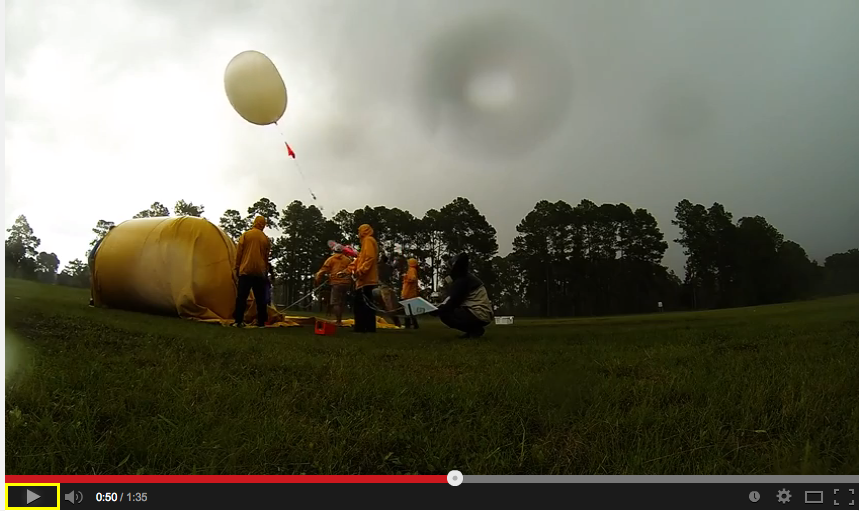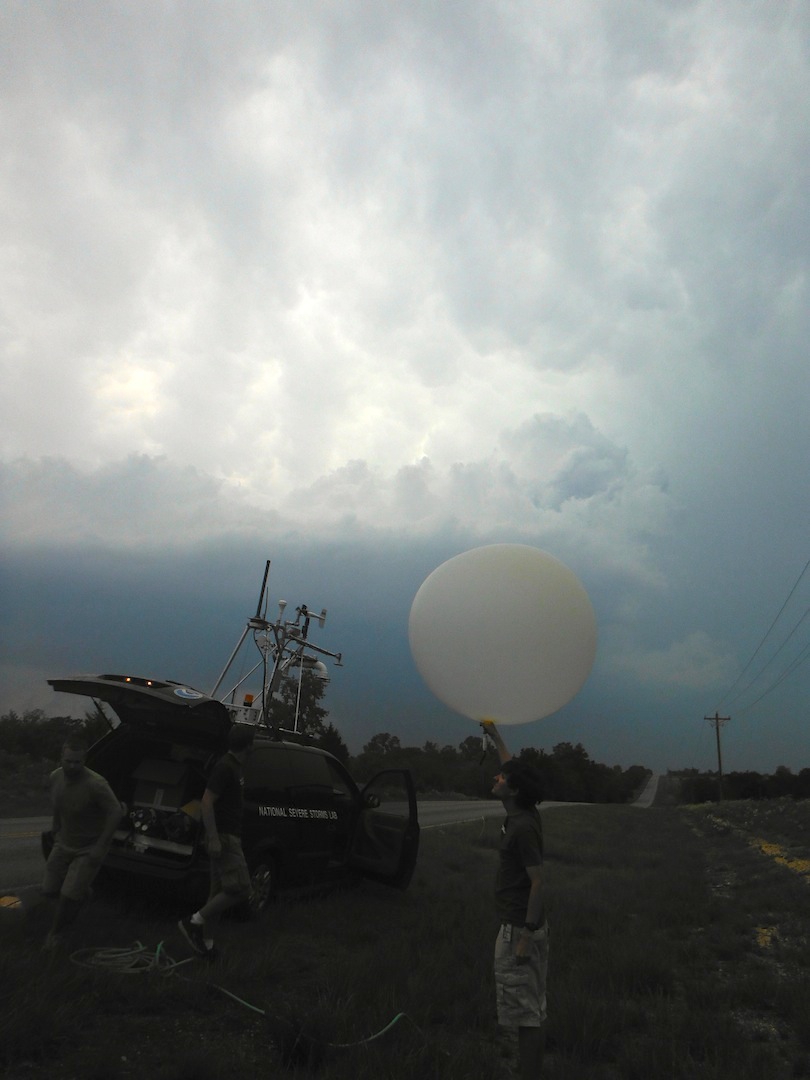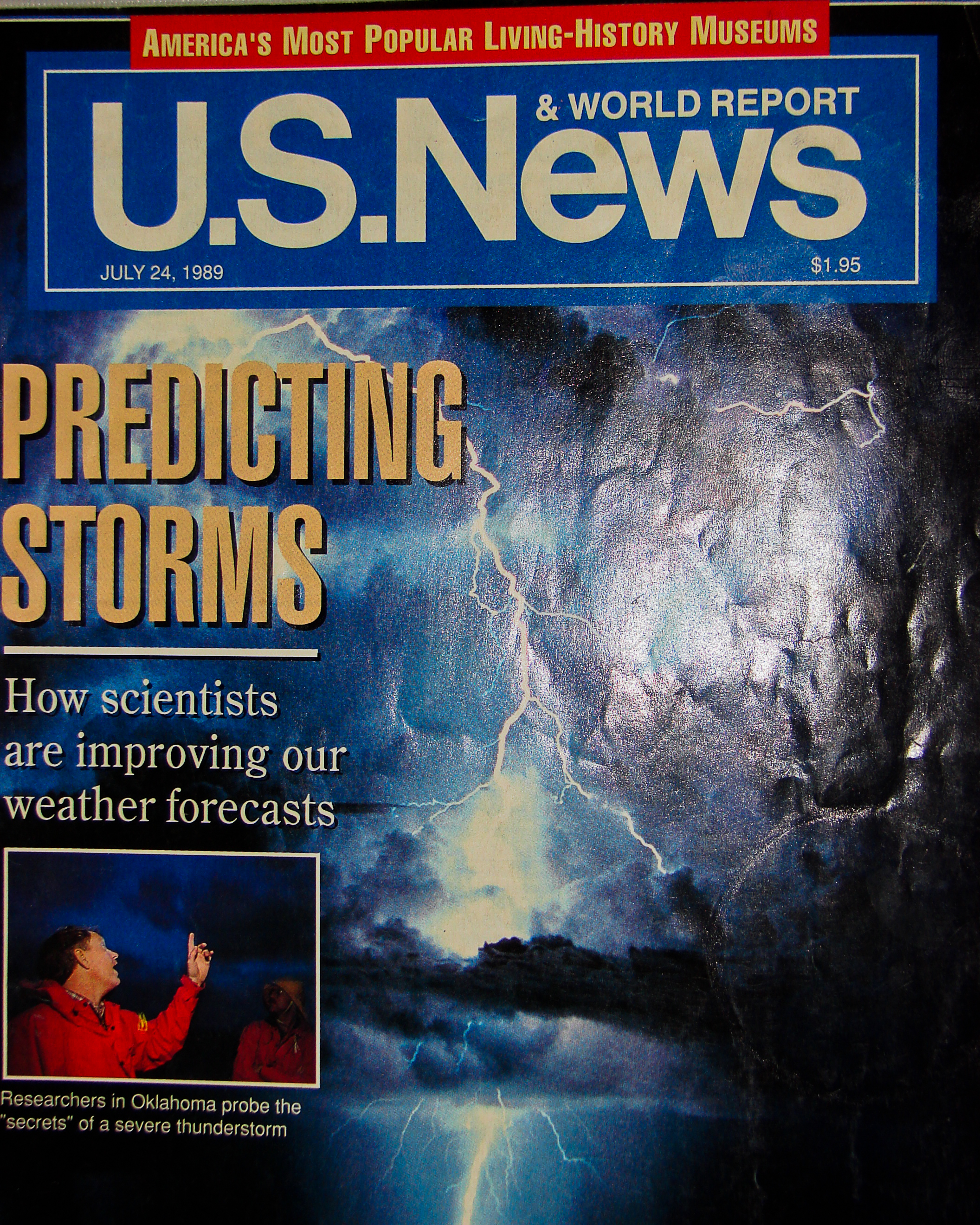
NSSL is wrapping up a three-week project to provide the first ever simultaneous measurements of the vertical structures of microphysics, electrical charge, and electric fields in Florida storms. The project is a collaboration with the International Center for Lightning Research and Testing (ICLRT) and the University of Oklahoma, funded by the Defense Advanced Research Projects Agency (DARPA) and the GOES-R program office.
During the project, NSSL is launching two balloon-borne instruments simultaneously into each targeted storm; one to measure in situ electric fields and one to measure the number, size, and type of precipitation particles along a vertical profile through the storm. The microphysics data from both balloons will be used to improve the microphysics schemes used in weather forecast models. Using OU’s mobile polarimetric radar, scientists are collecting additional data on the same storms to help evaluate and refine schemes for determining precipitation type from polarimetric radar measurements.
The microphysics measurements from the balloon-borne instruments will also be combined with lightning mapping and extensive ground-based triggered lightning measurements at the ICLRT to improve understanding of the storm processes that produce lightning.
These data will aid development of applications of lightning data from existing detection networks and from the planned GOES-R Geosynchronous Lightning Mapper.


